Navassa Island was first noted by Christopher Columbus in 1504 during his fourth voyage. For centuries, the island remained largely ignored due to its lack of fresh water and harsh conditions. However, in the mid-19th century, interest in the island surged when it was discovered to be rich in guano deposits. Guano—bird droppings—was a highly valued fertilizer, making Navassa a lucrative resource.
In 1856, the U.S. passed the Guano Islands Act, allowing American citizens to claim uninhabited islands for the purpose of mining guano. This legislation set the stage for American claims to Navassa. However, Haiti asserts historical rights to the island based on treaties from the French colonial era. This clash of claims has sparked legal and diplomatic disputes that have yet to be fully resolved.
The Guano Rush: Economic Motivations and Rising Tensions
The discovery of guano transformed Navassa Island from an overlooked rock into a highly valuable asset. American companies quickly moved in to exploit the island’s resources, fueling tensions with Haiti. Although Haiti protested the U.S. claims, it struggled to effectively assert its rights.
During this period, American entrepreneurs began mining guano on Navassa, while Haiti’s objections were largely dismissed due to a lack of enforcement. As American exploitation of the island continued, resentment grew in Haiti. The economic interests driving the U.S. involvement only deepened the divide between the two nations.
The Lighthouse: A Symbol of U.S. Sovereignty
Navassa Island is also home to a towering lighthouse, constructed in 1917. Standing 162 feet above sea level, the lighthouse has been an essential navigational aid for ships in the region. However, it serves a dual role: for the United States, it is a symbol of their continued presence and claim to the island, while for Haiti, it is a reminder of foreign control over territory they believe is rightfully theirs.
The maintenance of the lighthouse by U.S. authorities strengthens America’s claim to the island, further complicating Haiti’s efforts to reclaim the territory. This ongoing symbol of sovereignty underscores the contentious nature of Navassa’s ownership.
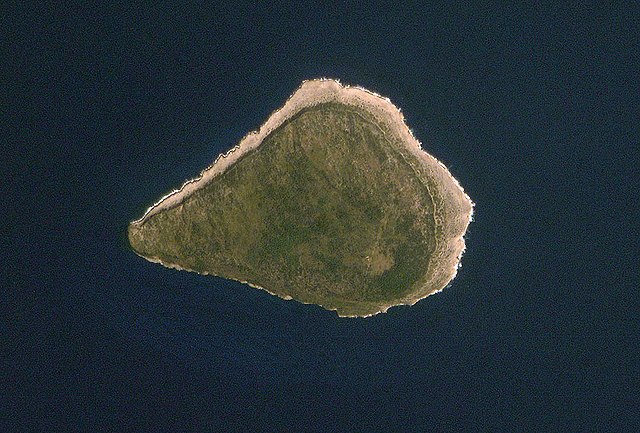
Navassa Today: An Uninhabited Territory with Lingering Tensions
Today, Navassa Island remains uninhabited and is administered by the U.S. Fish and Wildlife Service as part of a wildlife refuge. Although the island’s population is officially zero, its geopolitical significance persists. For Haiti, reclaiming Navassa is about more than territory—it represents national pride and sovereignty in the Caribbean region. Conversely, many in the U.S. see Navassa as an insignificant piece of land, unworthy of extensive diplomatic negotiations.
Despite the lack of human settlement, the island continues to be a point of contention in Haiti’s national consciousness and a reminder of unresolved historical disputes.
Legal Framework: Competing Claims and Legal Complexities
The legal battle over Navassa Island is complex, with both Haiti and the United States citing historical treaties and legal statutes to support their claims. Haiti bases its argument on colonial-era treaties that predate the U.S. claims, while the United States leans on the Guano Islands Act and its long-standing occupation of the island.
Despite these claims, no definitive resolution has been reached through legal channels. Efforts to resolve the dispute through international arbitration have stalled, leaving the island’s legal status in limbo.
Population Factor: Why the Island’s Empty Status Matters
Navassa Island’s lack of population adds another layer of complexity to the territorial dispute. With no permanent residents, governance and jurisdiction remain theoretical. The absence of human activity raises questions about which nation, if any, actively controls the island.
The lack of a population to establish governance structures complicates the territorial claims. If neither Haiti nor the U.S. actively develops or governs Navassa, can either truly claim sovereignty? This issue remains a focal point of debate among legal experts and policymakers.
Future Prospects: What’s Next for Navassa Island?
As global geopolitics continue to evolve, the territorial dispute over Navassa Island may once again come to the forefront. Climate change and rising sea levels are reshaping maritime boundaries, prompting Caribbean nations to reevaluate their territorial claims. For Haiti and the United States, resolving this dispute could open doors to improved diplomatic relations or joint efforts in environmental conservation.
There is potential for both nations to collaborate on preserving Navassa Island’s unique ecosystem, moving beyond territorial disagreements to focus on shared environmental responsibilities.
Navassa Island may be small in size, but its significance in the territorial dispute between Haiti and the United States is substantial. The island’s history is steeped in colonialism, economic interests, and national identity, making its unresolved status a poignant issue for both nations.
Resolving this dispute peacefully and through meaningful dialogue is essential for Haiti and the U.S. alike. By recognizing shared histories and working together to find a solution, both countries can move beyond territorial tensions and towards a future that respects each nation’s rights.


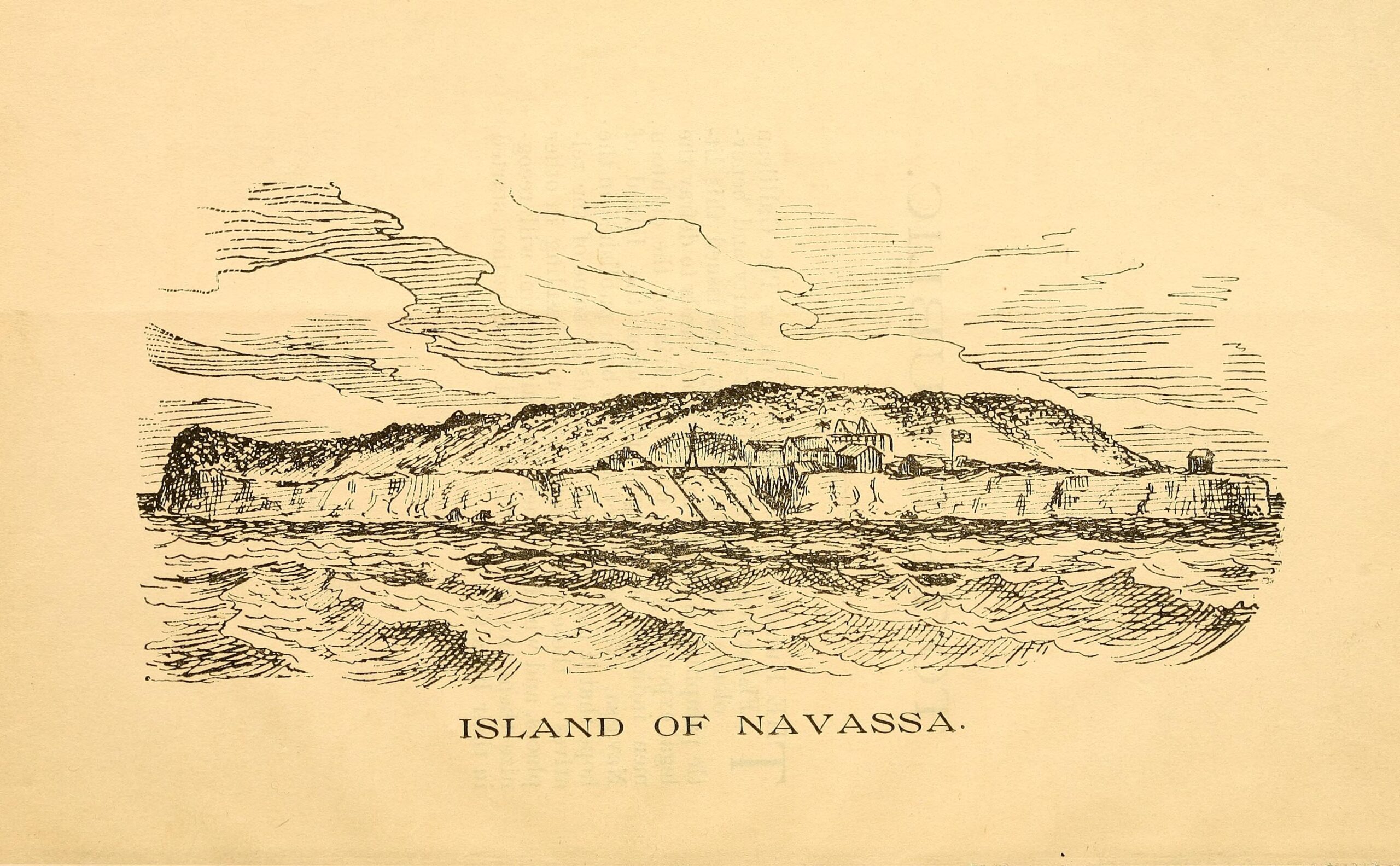


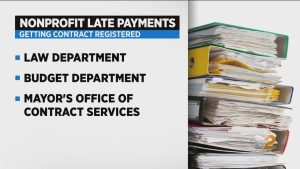
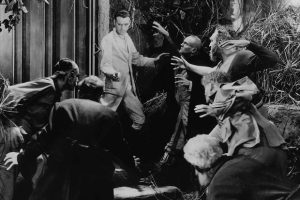




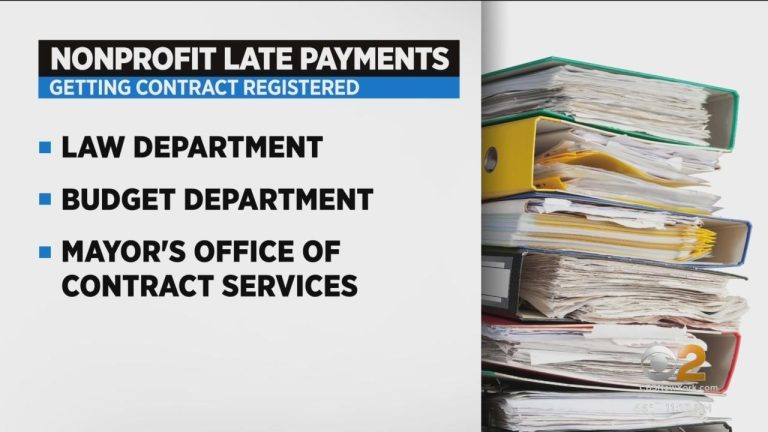
Add a comment